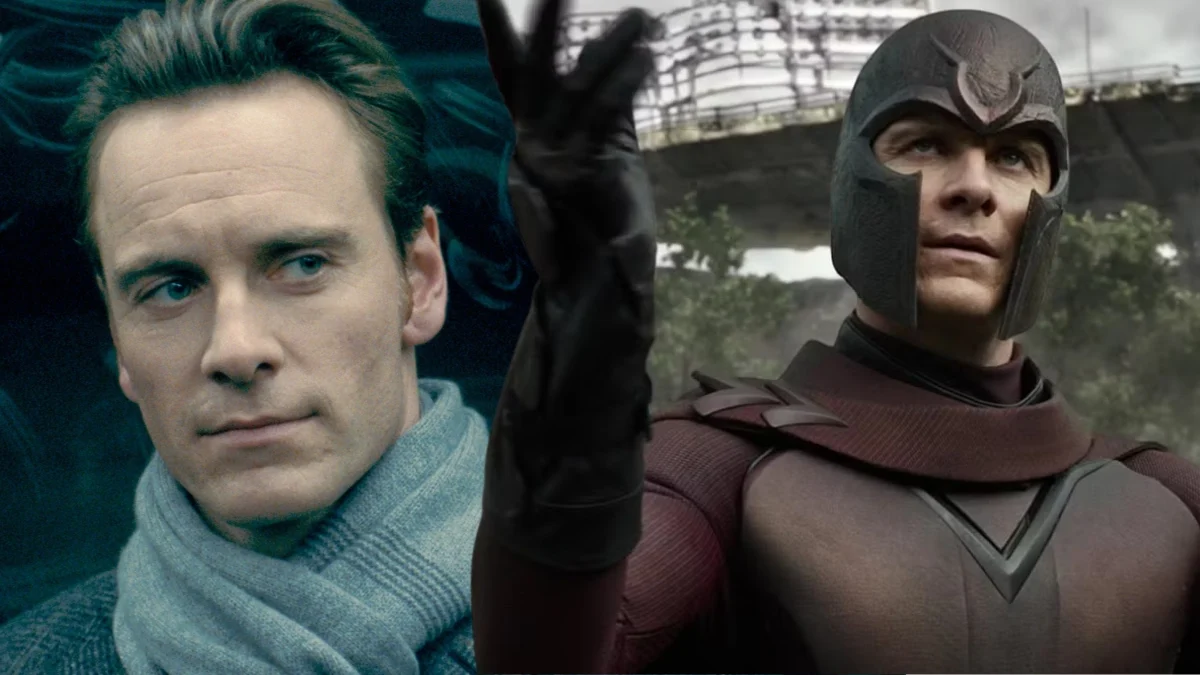
I’ve been a huge Michael Fassbender fan for years, and it’s amazing to look back at everything he’s done. He’s just so good at picking roles – everything from serious dramas to big action movies and really interesting genre stuff. What always strikes me is how deeply he gets into each character and how much work he puts in. From his early days on British TV to working with incredible directors like Steve McQueen, Tarantino, and Fincher, he’s created some truly memorable performances. I’ve put together ten reasons why people keep going back to watch his films and study his work – things that really make his career stand out.
‘Hunger’ (2008) – the transformative debut collaboration with Steve McQueen
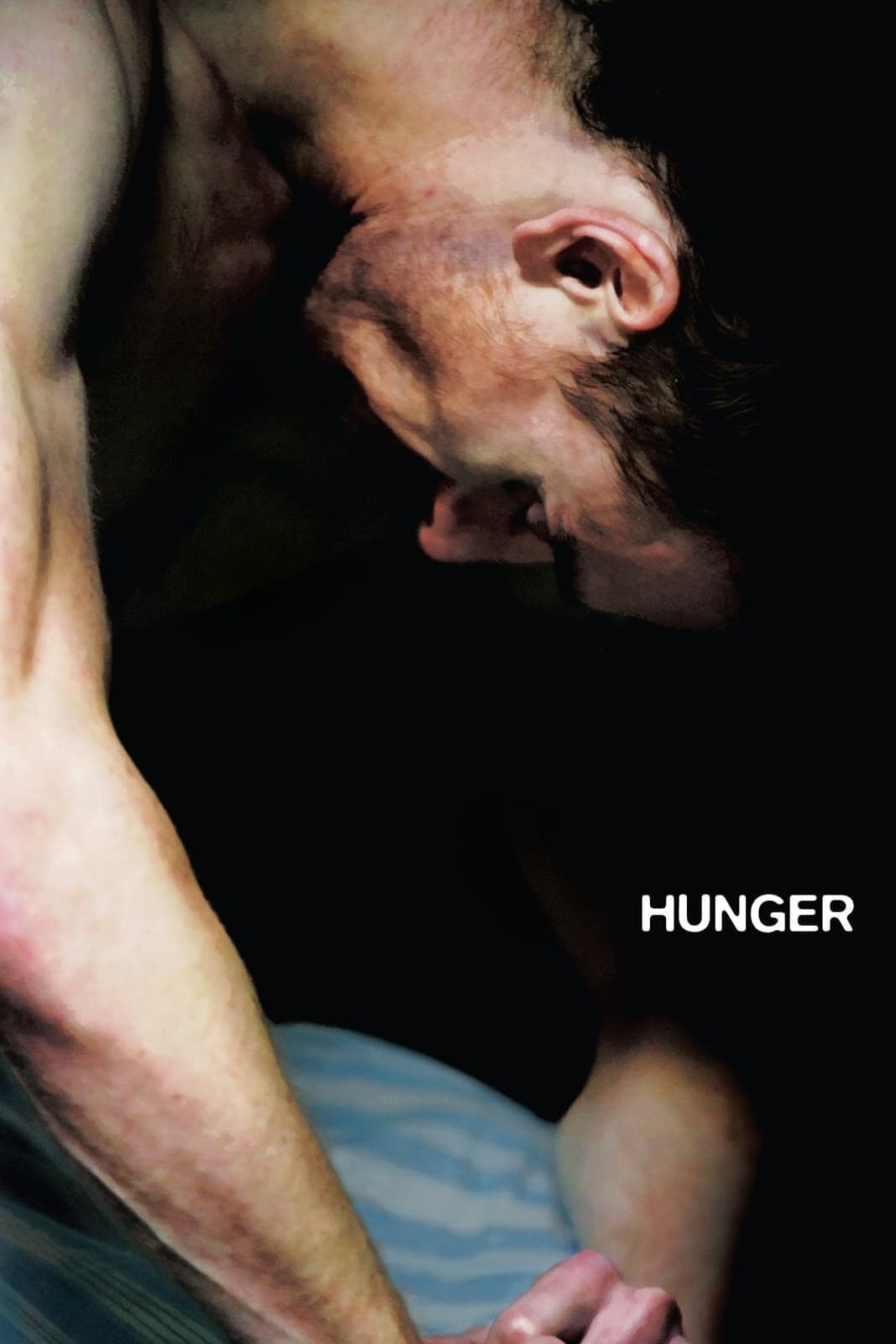
Michael Fassbender powerfully portrayed Bobby Sands, an Irish hunger striker, in Steve McQueen’s debut film. To prepare, Fassbender underwent a significant physical transformation, losing weight under medical supervision to realistically depict Sands’s final weeks in prison. He meticulously researched historical accounts and worked closely with McQueen, utilizing long, unbroken shots—including a celebrated scene with carefully timed dialogue. This film launched a successful creative partnership between the director and actor, influencing many of Fassbender’s future performances.
‘Shame’ (2011) – Venice-winning performance built on rigorous rehearsal

Michael Fassbender again worked with director Steve McQueen, playing Brandon, a New Yorker battling compulsive tendencies. The film was carefully planned with precise movements and camera work to reflect the characters’ inner lives, often using long, unbroken shots. Fassbender’s performance was highly acclaimed, winning him the Best Actor award at the Venice Film Festival, and the film was a success at several festivals. This project built on his established creative partnership with McQueen and cinematographer Sean Bobbitt, ensuring the acting complemented the film’s distinctive, minimalist look.
’12 Years a Slave’ (2013) – awards recognition for a searing antagonist
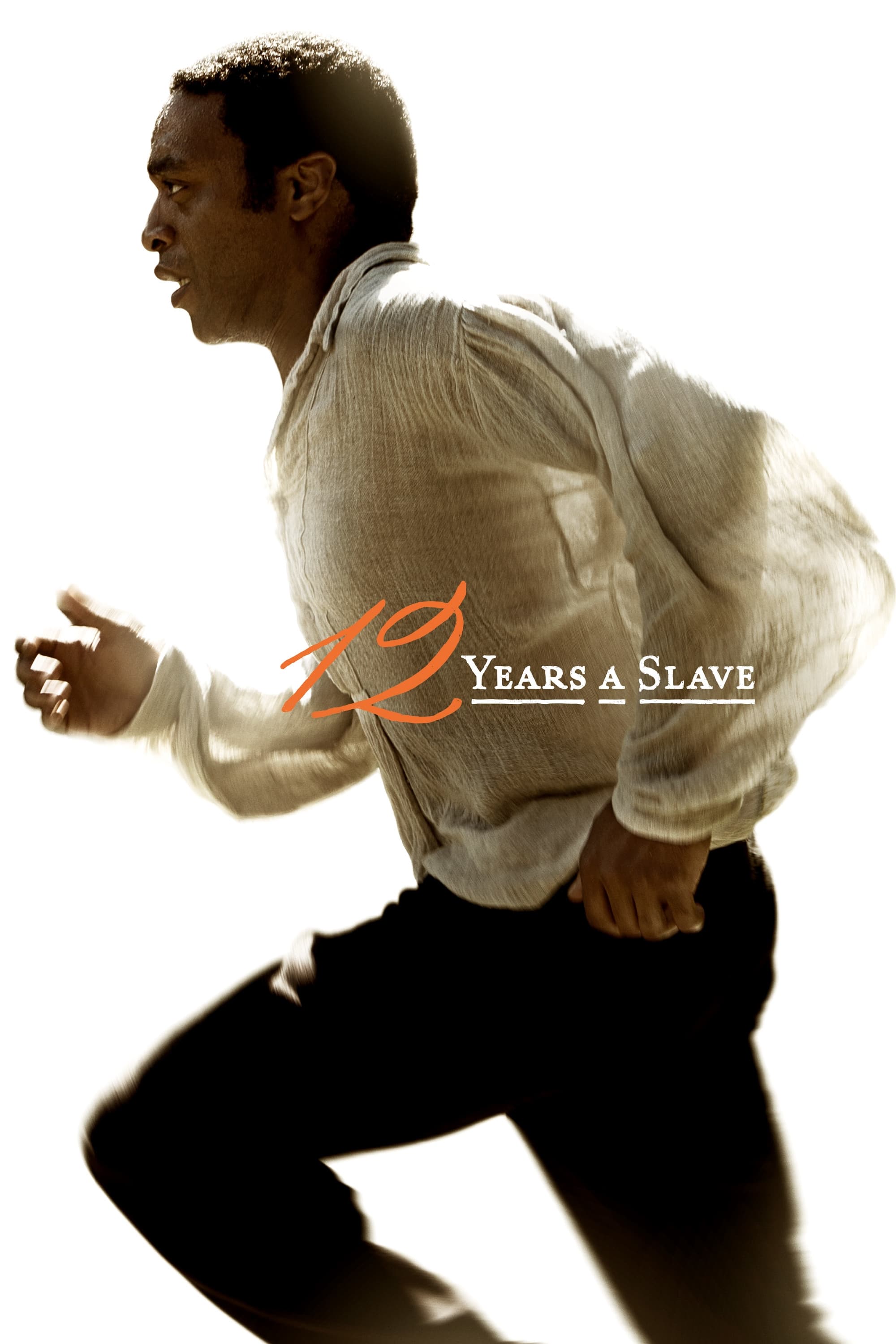
Michael Fassbender meticulously researched and portrayed plantation owner Edwin Epps, drawing from historical documents and Solomon Northup’s autobiography. He worked with a dialect coach and the production prioritized accurately depicting life on a plantation. His performance earned him an Academy Award nomination for Best Supporting Actor, and the film itself won Best Picture. This role further solidified his strong working relationship with director Steve McQueen and their shared focus on powerful, historically-based stories.
‘Steve Jobs’ (2015) – three-act structure and dialogue-heavy precision
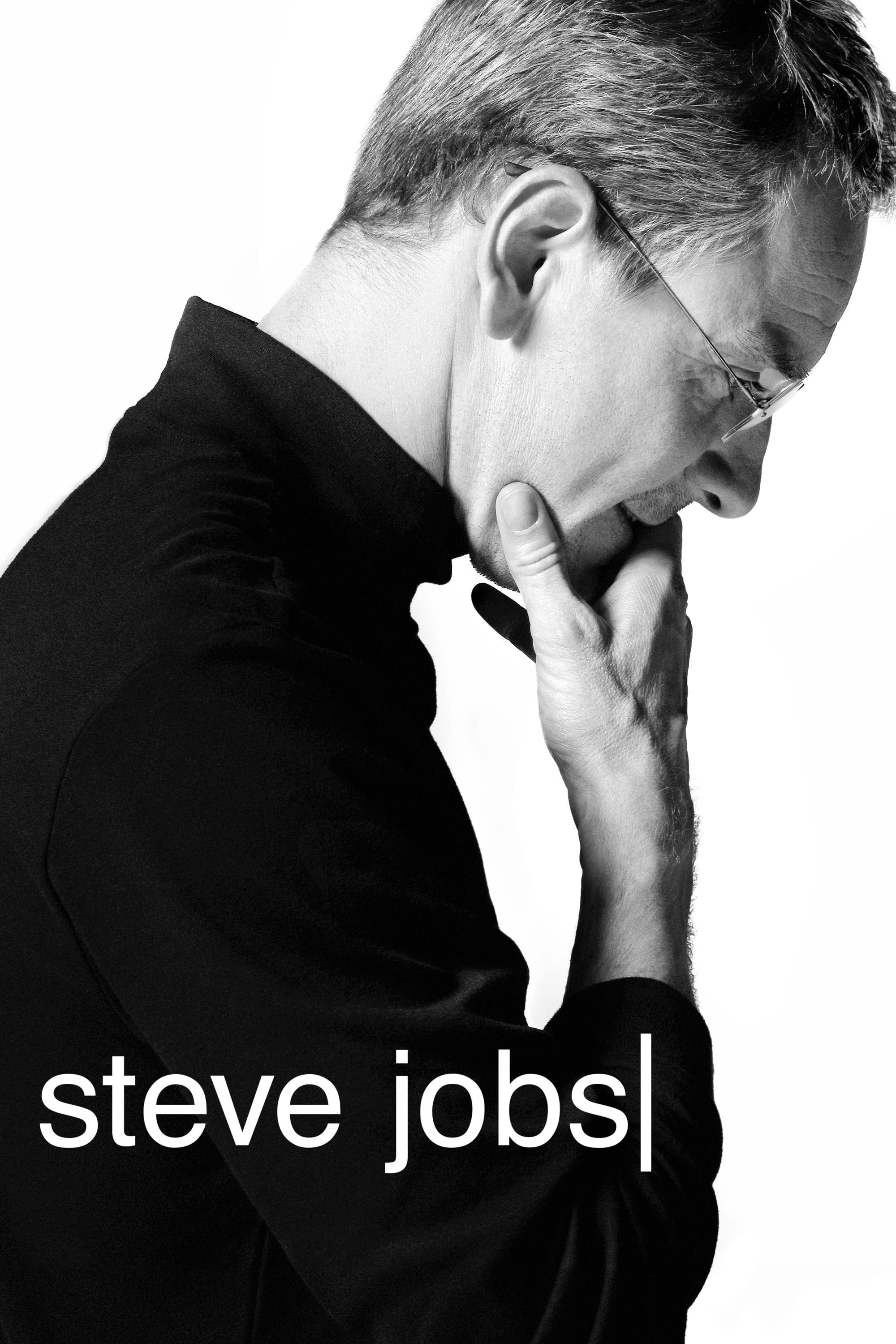
Michael Fassbender played the Apple co-founder in a movie structured around three key product launches, shown as behind-the-scenes moments. The role was challenging, demanding he learn long and rapid-fire lines written by Aaron Sorkin and adapt to different visual styles in each act, directed by Danny Boyle. Fassbender worked with coaches to perfect how his character’s posture and speech changed over time, and his performance was recognized with an Academy Award nomination for Best Actor.
‘X-Men: First Class’ (2011) – multilingual Magneto and franchise throughline

Michael Fassbender’s portrayal of Magneto (Erik Lehnsherr) skillfully blended German and English dialogue to showcase the character’s background and worldwide journey. He meticulously prepared for the role, practicing with props like coins and firearms – even learning period spy techniques – to seamlessly integrate his performance with the visual effects. This established a lasting presence for Fassbender in the series, working closely with James McAvoy as Charles Xavier. His interpretation of Magneto combined the atmosphere of Cold War espionage with the ongoing story of the X-Men universe.
‘Inglourious Basterds’ (2009) – linguistic dexterity in a high-stakes set piece
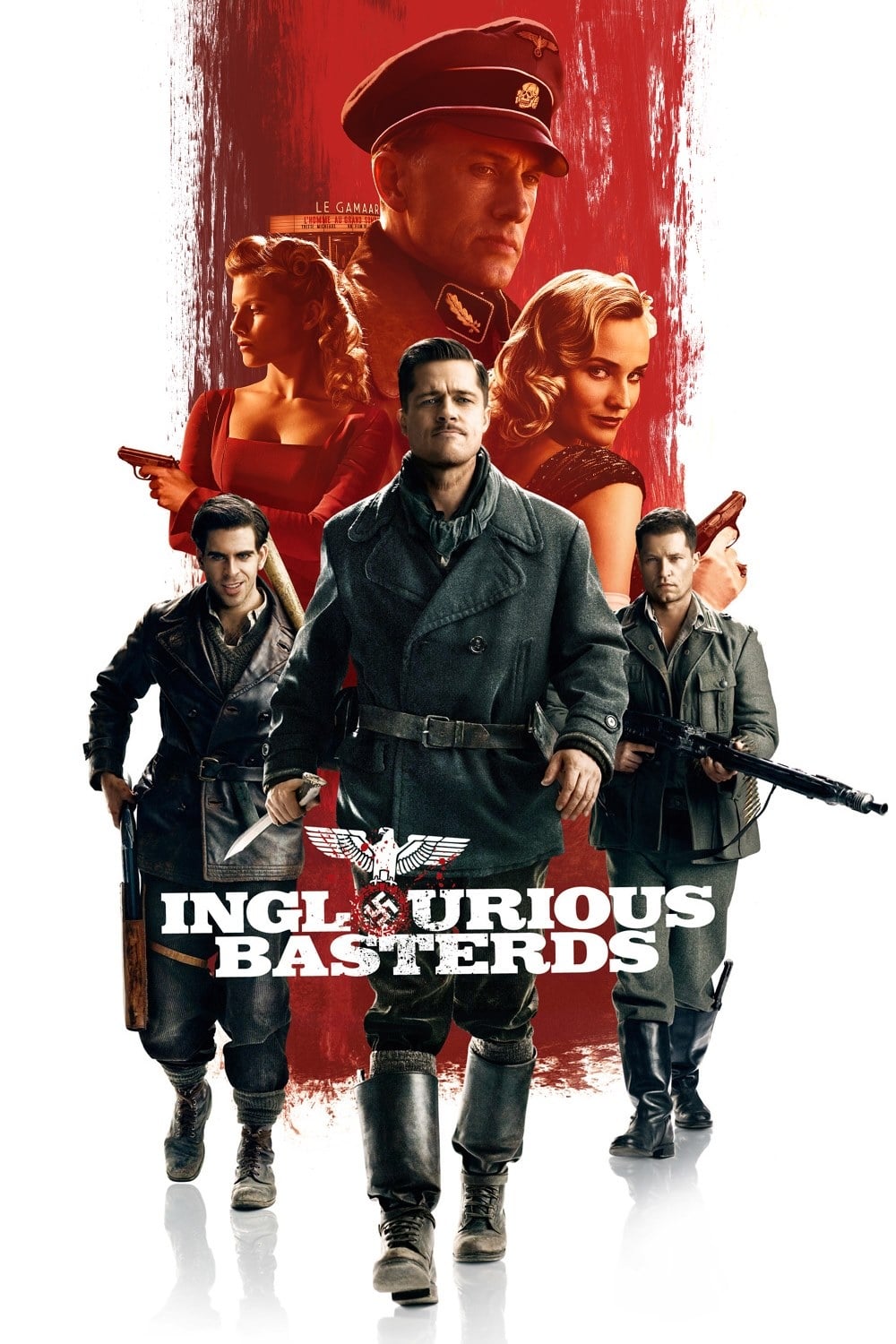
I was completely captivated by Michael Fassbender’s performance as Archie Hicox, especially that intense tavern scene. It was amazing how much hinged on the precise words he chose and even the smallest gestures – they really sparked the conflict. Knowing he actually speaks German added so much authenticity, especially in a film where every line and every shift in language felt crucial to what happened next. The director really focused on where everyone was positioned in the room and used subtle hand signals to build the tension, and the actors had to be absolutely perfect with their continuity. It’s clear he thrives in those long, dialogue-heavy scenes, and he fit right into Quentin Tarantino’s incredible ensemble cast.
‘Prometheus’ (2012) – building an android with layered references
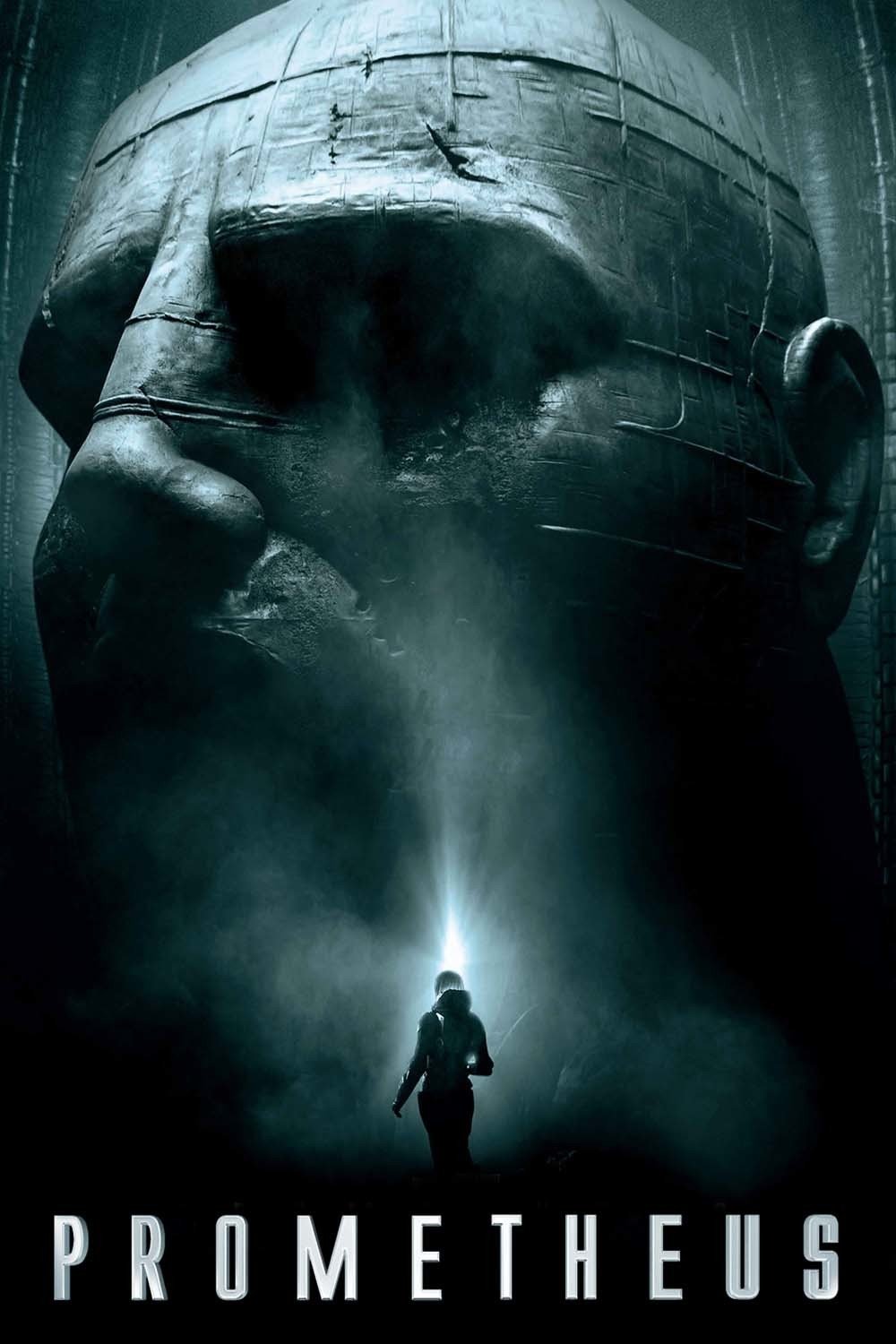
Michael Fassbender, portraying the artificial being David, based his performance on iconic characters from classic films, carefully crafting how David spoke, moved, and held himself. He worked closely with the visual effects and design teams to ensure his acting matched the character’s precise, manufactured nature, even developing tiny, consistent gestures for each scene. The film’s marketing included a promotional video presented as if it were an in-universe advertisement for ‘David 8,’ expanding the character’s story beyond the movie itself. This role allowed Fassbender to continue his collaborative work with director Ridley Scott on creating detailed and immersive fictional worlds.
‘Macbeth’ (2015) – Shakespeare on film with stylized battle craft
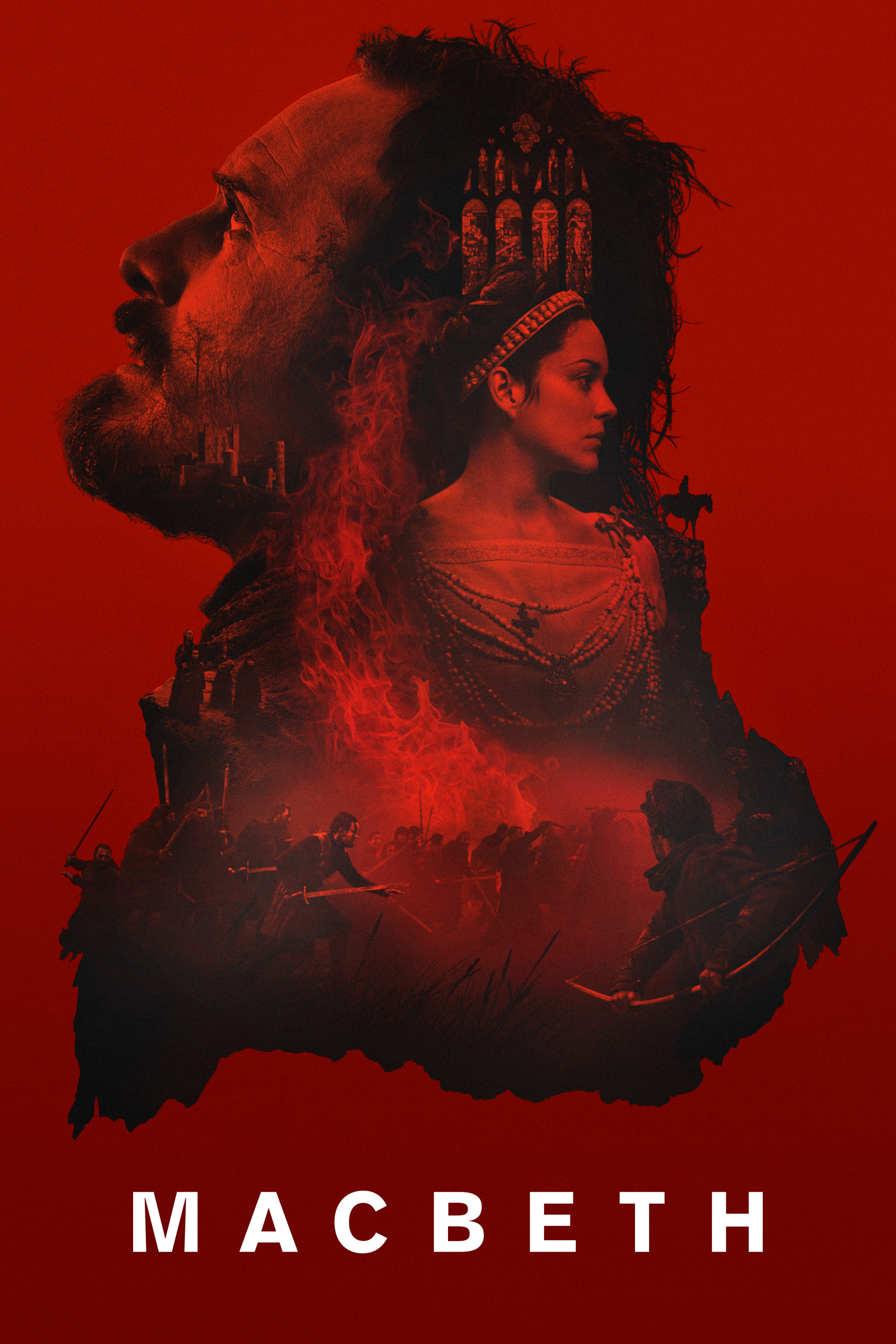
Michael Fassbender prepared for his role as Macbeth by working on the play’s language and undergoing intense physical training to handle the demanding fight scenes. Director Justin Kurzel filmed on location but also used dramatic staging, which meant the actors needed to maintain consistent emotional performances even in challenging outdoor conditions. Fassbender and Marion Cotillard, who played Lady Macbeth, focused on portraying the characters’ changes from powerful public figures to individuals falling apart in private. The film’s creators paid close attention to details like the feel of the costumes and weapons, and used a lot of smoke to create a gritty, realistic atmosphere for the story’s violent world.
‘Assassin’s Creed’ (2016) – lead star who also served as producer

In addition to playing the lead role of Callum Lynch/Aguilar, Fassbender also worked as a producer, collaborating with Ubisoft and the film crew during development. He helped prepare for the film by training in a unique fighting style that combined parkour, swordsmanship, and historical combat techniques, emphasizing real stunts alongside visual effects. The production carefully managed both the past and present storylines, which meant paying close attention to costumes, physical movements, and accents in different time periods. By being both an actor and a producer, Fassbender was able to influence the creative process from behind the scenes and bring that vision to life on screen.
‘Hex’ (2004–2005) – early TV visibility that opened doors to features

Before becoming a film star, Michael Fassbender first gained recognition in a British television series where he played the angel Azazeal. The show’s long run allowed him to fully develop his character over many episodes, giving casting directors a clear view of his abilities. This consistent exposure helped him land auditions for bigger and more respected film projects. It’s a great illustration of how working on a TV series can build a career and lead to roles in feature films.
Enjoy this list? Share your favorite Michael Fassbender performance in the comments!
Read More
- Deepfake Drama Alert: Crypto’s New Nemesis Is Your AI Twin! 🧠💸
- Can the Stock Market Defy Logic and Achieve a Third Consecutive 20% Gain?
- Bitcoin’s Ballet: Will the Bull Pirouette or Stumble? 💃🐂
- Dogecoin’s Big Yawn: Musk’s X Money Launch Leaves Market Unimpressed 🐕💸
- SentinelOne’s Sisyphean Siege: A Study in Cybersecurity Hubris
- LINK’s Tumble: A Tale of Woe, Wraiths, and Wrapped Assets 🌉💸
- Binance’s $5M Bounty: Snitch or Be Scammed! 😈💰
- Yearn Finance’s Fourth DeFi Disaster: When Will the Drama End? 💥
- ‘Wake Up Dead Man: A Knives Out Mystery’ Is on Top of Netflix’s Most-Watched Movies of the Week List
- Silver Rate Forecast
2025-11-06 04:48